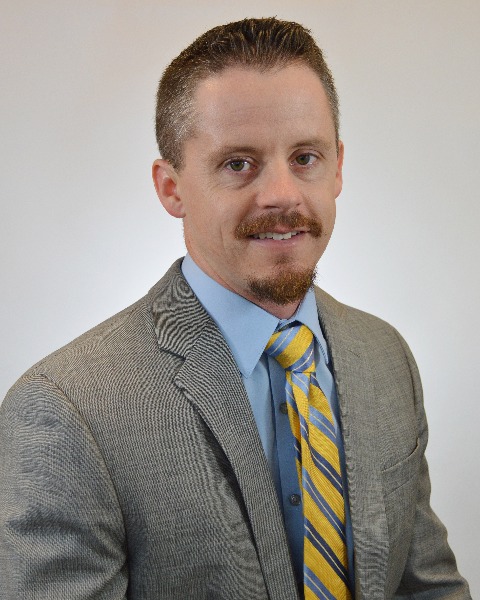Concurrent Session
Inspection of Dams
General Dam Safety or Levee Policy
Hydroelectric
General Case Studies
Session: Construction
CS35C - Concurrent Session 35C: A case study for embankment rehabilitation under full headwater pool: Challenges, surprises, and lessons learned
Wednesday, September 20, 2023
2:30 PM - 3:00 PM PDT
Location: Sierra
If a dam owner cannot draw down an impoundment enough to eliminate high exit gradients for embankment seepage, how can we still complete embankment repairs safely?
The Tomahawk Hydroelectric Project is located on the Wisconsin River two miles downstream of the City of Tomahawk in north-central Wisconsin. The project’s reservoir, Lake Mohawksin, covers about 2,700 acres and has a storage volume of about 15,200 acre-feet at normal pool. One of the project’s features is an 18 feet high, 1,300 feet long detached earthen dike separated to the left of the main dam by a section of high ground.
A periodic safety inspection of the dam in 2016 determined that the left detached dike did not meet Federal Energy Regulatory Commission (FERC) required factors of safety for stability and embankment seepage conveyance, so the owner, Wisconsin Public Service (WPS), committed to rehabilitating the dike to comply with FERC requirements. WPS retained Ayres to design required improvements to the dike, which included a two-stage blanket filter and flattened downstream slopes.
A significant complication to the overall project was that a drawdown of the upstream reservoir during construction was not economically possible due to process water needs at a large paper mill. Therefore, a staged 250-wellpoint dewatering system was installed at the top of the dike to draw down the phreatic surface and provide safe, workable conditions during construction. Construction challenges included well encounters with occasional cobbles, challenging subgrade soils, a surprise uncovering of a corduroy logging road, limited construction access, and a safety requirement to stabilize all exposed foundation soils prior to contractor leaving the site each night. Ayres provided on-call assistance, fulltime (when needed) construction observation, and risk opinions to both owner and contractor throughout the project.
This presentation is focused on construction oversight during the installation of the dewatering wells, monitoring of the embankment throughout the course of construction, challenges encountered during construction, and adaptive management for rewatering of the embankment following major construction activities. Lessons learned will be presented to help other embankment owners with limited drawdown capabilities to evaluate challenges with and possible applications elsewhere for dewatering wells.
The Tomahawk Hydroelectric Project is located on the Wisconsin River two miles downstream of the City of Tomahawk in north-central Wisconsin. The project’s reservoir, Lake Mohawksin, covers about 2,700 acres and has a storage volume of about 15,200 acre-feet at normal pool. One of the project’s features is an 18 feet high, 1,300 feet long detached earthen dike separated to the left of the main dam by a section of high ground.
A periodic safety inspection of the dam in 2016 determined that the left detached dike did not meet Federal Energy Regulatory Commission (FERC) required factors of safety for stability and embankment seepage conveyance, so the owner, Wisconsin Public Service (WPS), committed to rehabilitating the dike to comply with FERC requirements. WPS retained Ayres to design required improvements to the dike, which included a two-stage blanket filter and flattened downstream slopes.
A significant complication to the overall project was that a drawdown of the upstream reservoir during construction was not economically possible due to process water needs at a large paper mill. Therefore, a staged 250-wellpoint dewatering system was installed at the top of the dike to draw down the phreatic surface and provide safe, workable conditions during construction. Construction challenges included well encounters with occasional cobbles, challenging subgrade soils, a surprise uncovering of a corduroy logging road, limited construction access, and a safety requirement to stabilize all exposed foundation soils prior to contractor leaving the site each night. Ayres provided on-call assistance, fulltime (when needed) construction observation, and risk opinions to both owner and contractor throughout the project.
This presentation is focused on construction oversight during the installation of the dewatering wells, monitoring of the embankment throughout the course of construction, challenges encountered during construction, and adaptive management for rewatering of the embankment following major construction activities. Lessons learned will be presented to help other embankment owners with limited drawdown capabilities to evaluate challenges with and possible applications elsewhere for dewatering wells.

Adam J. Schneider, P.E.
Senior Project Manager
Ayres
Eau Claire, Wisconsin
Austin Rieder, P.E.
Water Resources Engineer
Ayres

.png)